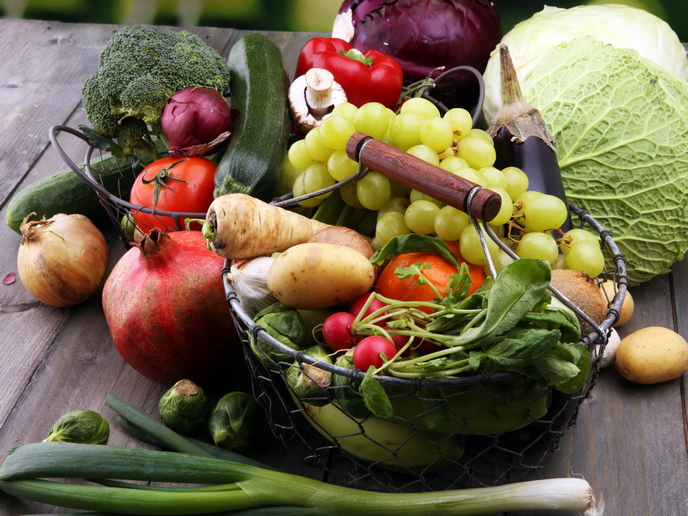Creating a better, healthier juice
Obesity and diabetes are on the rise. Already, these diseases are responsible for a global economic burden of EUR 1.3 trillion – or 1.8 % of the world’s GDP. With no slowdown in sight, this figure is forecasted to surpass EUR 2.2 trillion by 2030, with Type 2 diabetes becoming the seventh leading cause of death. What’s behind this alarming trend? According to researchers with the Better Juice project, the answer is simple: sugar. “Over 20 % of the average daily sugar intake comes from beverages,” says Eran Blachinsky, founder and CEO of Better Juice(opens in new window). “Even though 100 % fruit juices are often marketed as a healthy alternative, recent studies have shown that the natural fruit sugars these juices contain give rise to glycaemic loads(opens in new window) that are comparable to sugar-added beverages.” According to Blachinsky, orange and apple juice have six teaspoons (25 grams) of sugar per one cup serving (250 ml), and grape juice has up to 14 teaspoons. Luckily, thanks to the support of EU funding, consumers will soon have a simple way of reducing the amount of sugars in their diets. It’s called Better Juice, a patent-protected technology that reduces up to 100 % of the natural sugars found in fruit juices without affecting the product’s flavour or smell. Better yet, it even improves the health benefits of the final product.
Better ways to reduce sugars
Using natural enzymes in non-GMO microorganisms, the Better Juice solution converts the naturally occurring sugars in juice into non-digestible compounds, such as dietary fibres. “Food and beverage companies are looking for better ways to actually reduce sugar, not just lower added-sugar levels from recipes, and replacing it with natural and artificial sweeteners,” explains Blachinsky. “Better Juice gives companies the ability to do exactly this using a sugar-reduced natural ingredient.” Better Juice removes all sugars, including sucrose, fructose and glucose, regardless of a juice’s sugar composition. It does this via a small device, or column, that is added to the juice-making process, which contains the immobilised non-GMO microorganisms. When juice passes through the device, the enzymes within the microorganisms bio-convert the juice sugars into healthy dietary fibres and non-digestible sugars. “The entire natural and fermentation-free process occurs without adding or removing ingredients,” adds Blachinsky. “Furthermore, manufacturers can tailor their process to select the amount of sugar they want to remove.”
Ready for the global market
Tests conducted during the project have shown that Better Juice is capable of producing high volumes of juice – 1 000 litres of juice per 1 litre column. “It is also inexpensive to operate and does not require specially trained staff – all key differentiators as the product prepares to enter the global market,” says Blachinsky. The company is currently running a pilot programme with Citrosuco, the world’s largest producer of orange juice concentrate. The goal of this semi-industrial pilot, which is taking place at Citrosuco’s Sao Paolo, Brazil, facility, is to produce 50 litres of ‘better’ juice per hour. Next, Better Juice will start scaling up its device to an industrial scale, with the aim of a 2021 market launch.







